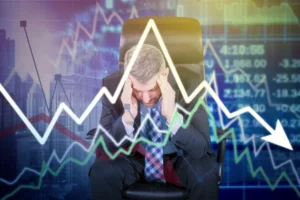 The Competition Council has launched a sectoral investigation on the fuel market, to analyse why the prices in Romania are above the EU average, said Monday the President of the Competition Council, Bogdan Chiritoiu (foto), in a conference on energy related topics.
The Competition Council has launched a sectoral investigation on the fuel market, to analyse why the prices in Romania are above the EU average, said Monday the President of the Competition Council, Bogdan Chiritoiu (foto), in a conference on energy related topics.
„The prices are similar throughout Europe and that is what we expected, and the fact that we have resources is less important. I do not believe the problem is like that: we have resources, so why don’t we have the lowest price? Question is why, for a year now, the price has been higher than the EU average? This is what we try to understand, as the price in Romania has been traditionally a bit below this average. Since about the early last year we are above this average in terms of price without taxes. Taxes included, we are at a low level, as the Romanian state charges less than other states.
The part without taxes is where the companies intervene. This is a relatively new development that we do not wholly understand therefore we have launched an investigation. They will receive a list of questions that are legally obliged to answer. We want to understand exactly what changes have led to this surprising development for us,” said Chiritoiu, quoted by Agerpres.
The fuel market in Romania is competitive and prices in our country are among the lowest in Europe, said last Thursday Mariana Gheorghe, CEO of OMV Petrom, in a press conference.
She explained that the data from the European Commission website for the fuel prices in different countries are not always comparable, as they comprise different elements.
The Competition Council conducted between 5 January and 5 July 2016 an analysis of the fuel prices in Romania compared to the European markets and published a report in October 2016 concluding that the market has an oligopolistic structure.
“The fuel retail sector (petrol and diesel) has an important place in the Romanian economy, with a direct impact on the other economic sectors, as well as on consumers. The main characteristics of this sector are not very different from other European countries, as its structure is overall oligopolistic. Specifically, most of the market supply is concentrated in the portfolio of a small number of oil companies (OMV Petrom, Lukoil, Rompetrol, MOL, Gazprom, SOCAR and NIS). There are also some other companies operating in this market that are not vertically integrated, having financial resources below those from the first category, which operate filling stations,” mentions the report.









